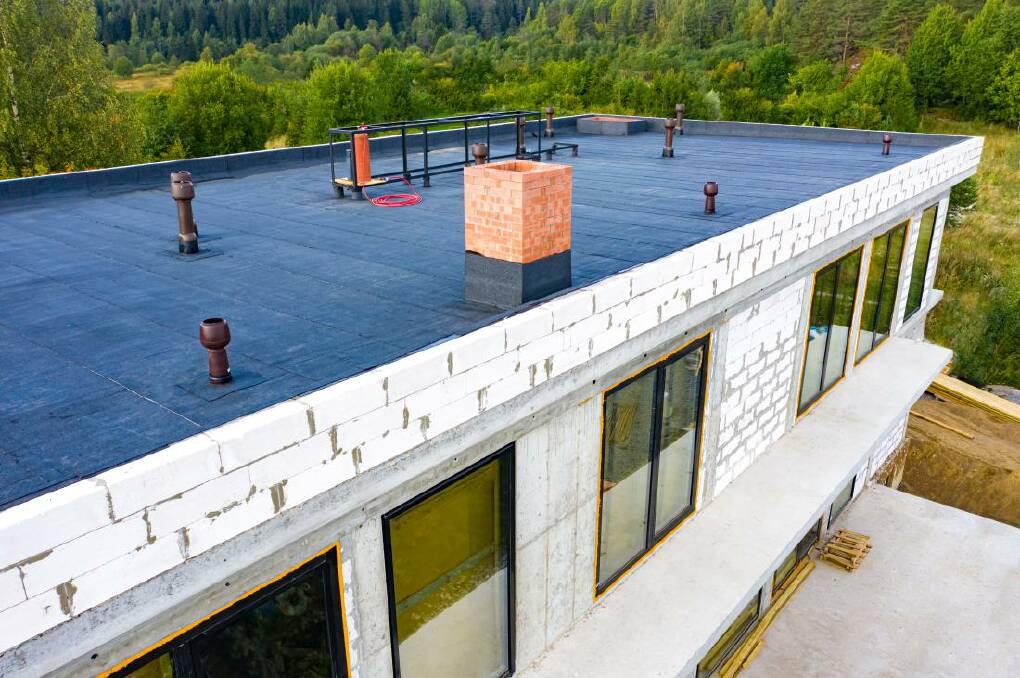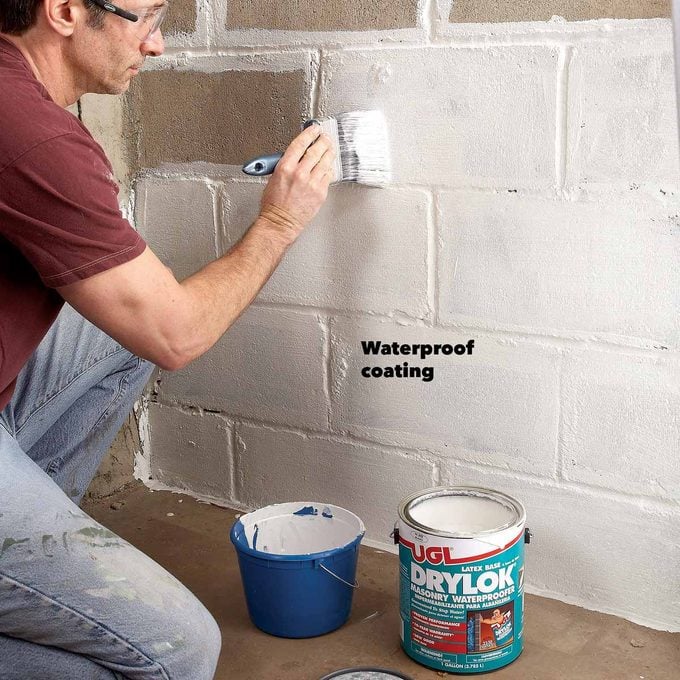Some Known Factual Statements About Waterproofing Auckland
Table of ContentsFacts About Waterproofing Auckland Uncovered8 Simple Techniques For Waterproofing AucklandWaterproofing Auckland Things To Know Before You Get ThisThe Definitive Guide for Waterproofing AucklandSome Known Facts About Waterproofing Auckland.The Only Guide for Waterproofing Auckland
Waterproofing structures is the technique of forming a barrier over surfaces of structures, roof coverings, wall surfaces and other structural participants of structures to stop water penetrations with these surfaces. In recap, constructing surface areas are made waterproof and water-proof. Study has actually shown that waterproofing only makes up 1% of a structure's building prices yet when neglected, it can be accountable for almost 90% of the damages.
Therefore, you require to make certain that you get the appropriate kinds of waterproofing products for your one-of-a-kind requirements. To aid you in the choice process, listed below are the 5 types of waterproofing in construction: Cementitious waterproofing products are taken into consideration as the easiest waterproofing products to use. These are easily offered from vendors of masonry products like, as well as they're easy to blend and apply.
Polyurethane fluid membrane technique of waterproofing is commonly used for the flat roofing location and revealed to weathering. This sort of waterproofing product is really sensitive to wetness web content existing. Prior to application, it is important to be added mindful in evaluating the wetness material of the concrete slab, or else peeling or de-bonding of membrane layers might take place after some time.
It supplies extra adaptability than the cementitious types of waterproofing. At the end of the day, there are numerous distinct types of waterproofing materials in the market.
The Only Guide to Waterproofing Auckland
Exactly how does cellar waterproofing work? Inside cellar waterproofing works by resolving water seepage where it materializes itself indoors.

Exterior cellar waterproofing strategies relieve this stress by redirecting water into a gravel-covered ground drainpipe, which carries it far from the residence. While both techniques of cellar waterproofing work well, they fix the problem in various ways. Interior basement waterproofing remains a popular alternative because of its relatively low cost point, while outside basement waterproofing helps home owners who prefer to prevent interior building work.
Call us today to read more concerning the cellar waterproofing work we carry out for Georgia property owners.
The Definitive Guide for Waterproofing Auckland
Interior areas of our residence must be kept dry from roofing system to basement. Waterproofing the residence before building will prevent these issues. If you water resistant your house, it will certainly protect against damage later on.
It is additionally crucial for the veracity of the structure. Depending on additional info the degree of water damage or owner choice, waterproofing systems can be mounted indoors or outdoors.
The poly acrylic chemical service is prepared which is used to secure the damage or leak on the wall and also balcony which will be a strong water resistant base as well as secure as well as maintain the stamina of any framework. This is done by a highly educated expert group. You require to make certain that top notch products are made use of for the procedure.
The final action is to put 2 coats of poly acrylic chemical with white cement externally. is optimal for structures as well as frameworks that are already having leakage or damages in addition to for brand-new frameworks to avoid leak in future. This procedure assists in keeping the life and quality of the structure and also makes sure that there is no damages to the structure because of the rainfalls.
The Single Strategy To Use For Waterproofing Auckland

Apply a thick cement slurry over the surface of the slab. Over this layer, apply a completing layer with cement sand mortar 1:4 and water-proofing compound as per the layout.
Make a side between the parapet and the sloping slab on the second day. Heal this waterproofing for fifteen days, with damp gunny bags spread out over it.
Some Known Details About Waterproofing Auckland
Check the thickness of the Shahbad tiles. It should be between 32mm to 40mm (1 1/4 to 1 1/2). Maintain the break joint pattern while taking care of the Shahabad floor tiles for useful link the base. After dealing with the Shahabad floor tiles, grout the joints with concrete slurry totally. Seal the joints in between the Shahabad ceramic tiles with the assistance of C.M.
For the basement, the provision of seamless gutter and sump is made in P.C.C. itself and Shahabad base is also prepared in the very same fashion. The seamless gutter is offered a correct incline towards the sump. This provision is a preventive measure versus the occasional entrance of rainwater in the cellar. Over the plastered Shahabad see it here base, plethora piece is cast and the R.C.C.
Rough Shahbad floor tiles are after that taken care of to the vertical pardi from the outside. Apply neat concrete paste on the 4 edges and also in the center of the 25mm (1) Shahabad ceramic tile, Press this floor tile strongly over the R.C.C. pardi in line and also degree. At one time, repair only an elevation of 1.
An Unbiased View of Waterproofing Auckland
After curing, supply the last jointless water-proof plaster coat in C.M. 1:4 over the rough Shahabad. The whole procedure mentioned above types a box around the framework and also does not enable any kind of water to permeate through or leak from the basement.